The early medieval history of Bengal was ruled by the Buddhist dynasties (likes Pala, Chandra dynasties) and Hindu dynasties (like Sena and Deva dynasties). Whereas the late medieval history of Bengal was ruled by the different Muslim dynasties (Ilyas Shahi Dynasty, Hussain Shahi Dynasty), Afgan rule, and Mughal rule. However, development in late medieval history marked a significant change in Bengal, even it influenced the history of India.
The early medieval history of Bengal witnessed a great disturbance in the law and order for more than a century. But in the 8th century, the political structure had been changed in Northern and Eastern India including Bengal. From the middle of the 8th century, the rule of the Pala dynasty marked a new era in the history of West Bengal.
(01). EARLY MEDIEVAL HISTORY OF BENGAL
The medieval history of Bengal experienced many invasions, kinds of cultural reformations, and varieties of architectural expertise by different Hindu, Buddhist, and Muslim rulers. In this tutorial, we mention the major rulers of the medieval period who ruled over the Bengal: we mention the major dynasties/rulers of the medieval period who ruled over the Bengal:
➢ PALA EMPIRE
Pala Empire (750-1120 CE) was the first independent Buddhist dynasty of Bengal. The Pala Empire endured for four centuries and during this period stability, wisdom and prosperity were ushered in Bengal. Many temples and works of art as well as supporting the important ancient higher-learning institutions of Nalanda and Vikramashila were created by them. During the Pala period, Bengal became the principal Buddhist center as well as the place of secular learning.
In medieval Bengal, Gopala I was the founder of the Pala Empire and he came to power in 750 CE. Its capital was Gauda. Gopala reigned between AD 750-770. He consolidated his position by taking control over almost all of the Bengal. Pala’s Empire was greatly expanded by his two successful successors Dharmapala and Devapala.
➢ CHANDRA DYNASTY
From the beginning of the 10th century CE, the Chandra dynasty ruled over the Harikela kingdom in the Eastern part of Bengal. It was the last Buddhist dynasty during this period. The capital of the Chandra dynasty was Vikrampur (modern Munshiganj in Bangladesh). They were skillful and powerful enough to oppose the Pala soldiers’ attacks on the North-West.
In the 11th century, the rule of the Chandra dynasty came to end when the last ruler of the Chandra dynasty Govindachandra was defeated by the South Indian Emperor Rajendra Chola I of the Chola dynasty.
➢ SENA DYNASTY
After the Chandra dynasty, the Sena dynasty was established in Bengal. Basically, the Sena rulers were the descendants of the Karnataka migrants. From the different sources, it came to know that the founder of the Sena dynasty was Samantasena. However, in the last quarter of the 11th century AD, his son Hemanta prospered the Sena dynasty after taking advantage of the unstable political situation of Bengal. Then his son Vijayasena was the successful successor and brought the dynasty into the limelight during his long reign of about 63 years.
From different historic pieces of evidence, it came to know that the greatest ruler of the Sena dynasty was Vijayasena (1095-1158 CE). He captured and took control of almost the entire Bengal.
Later he was succeeded by his son Ballala Sena (1158-1179 CE), who conquered Gauda from the Pala Empire and established the Sena Dynasty almost in the entire Bengal. He made Nabadwip his capital. Ballala Sena was an author who wrote Danasagara (a work on Smriti) and Adbhuta Sagara (a work on astronomy). He was charged with an important social movement called Kulinism and its motto was to carefully protect the nobility of birth and purity of blood.
Ballala Sena’s succeeded by his son Lakshmana Sena. Some scholars admitted him as the founder of the Lakshmana Sena era in 1119 CE. He proved himself as a conqueror and established himself as a patron of learning. On coming to the throne, he conquered Benares, Kalinga, and successfully extend his dynasty. His court was adorned with many famous literary personalities like Jayadeva (who was the author of Gita Govindam), Dhoyi (was the poet of Pavanadutam), and Halayudha (was the linguist). In 1203 CE, Muhammad Bakhtiyar Khilji attacked the capital of the Sena dynasty Nabadwip, and captured the capital city Gaud and annexed much of Bengal.
➢ DEVA DYNASTY
After the collapse of the Sena Empire, the Deva dynasty was organized and established during medieval Bengal and it was a Hindu dynasty that ruled over Eastern Bengal. The capital of the Deva dynasty was Chittagaung (at present Munshiganj district of Bangladesh). The inscriptional pieces of evidence showed that this kingdom was extended up to the Eastern region of Bengal (at present, the locations are Comilla, Noakhali, Chittagong region).
It came to know from the inscriptions, four rulers of this dynasty are Shantideva, Viradeva, Anandadeva, and Bhavadeva.
It was evident that the rules of the Devas were recognized as a period of peace, prosperity, and creative excellence. Damodar Deva (1231-1243 CE) was the most successful ruler in the Deva dynasty. He extended his kingdom to almost East Bengal and got the title of “Ariraja-Danuja-Madhava Dasharathadeva“. In 1281, He made an alliance with Ghiyas-ud-Din Balban.
After Damodar Deva, his brother Vikramaditya Deva moved to the Eastern side of the kingdom in 1294.
(02). LATE MEDIEVAL HISTORY OF BENGAL
The late medieval history of Bengal was started from the advent of the Turk-Afghan rule in Bengal in the 13th century and end till the rule of Mughal Nawabs of 18th century CE in Bengal.
➢ TURK-AFGHAN RULE
The Turk-Afghan rule in Bengal was started when Muhammad Bakhtiyar Khilji invaded Bengal. Khilji ruled over Bengal from 1203 to 1213 CE. From the 13th century CE onwards, Bengal was dominated by the Bengal Sultanate, Hindu Rajas, and Baro Bhuyan.
The scenario was changed in the 14th century when Sultan Ghiyasuddin Tughlaq (1320-25 CE) of the Tughlaq dynasty turned his attention towards Bengal. In 1324 CE, he placed Nasiruddin on the throne of Bengal to take control of Bengal. He endeavoured to divide the loyalty of Bengal into 03 broad administrative divisions: (i) capitals at Lakhnauti (in North Bengal), (ii) Sonargaon (in East Bengal), and (iii) Satgaon (in South Bengal); but his measures failed at last.
After the end of the Turk-Afghan Rule, Ilyas Shahi Dynasty started and Bengal came under the rule of Ilyas Shah.
➢ ILYAS SHAHI DYNASTY
Shamsuddin Ilyas Shah (1352-1414 CE) founded the Ilyas Shahi dynasty in Bengal. They were patrons of art and literature. The massive Adina Masjid and Darasbari Masjid were built during the Ilyas Shahi period. They encourage Bengali culture and literature.
Ilyas Shahi dynasty was obstructed by an uprising by the Hindus under Raja Ganesha, founder of the Ganesha Dynasty.
➢ GANESHA DYNASTY
In 1414 CE, the Ganesha Dynasty was founded in the Bengal region by Raja Ganesha. He was succeeded by his son Jalaluddin Muhammad Shah and then by his grandson Shamsuddin Ahmad Shah. Both of them were originally Hindu but converted to Islam.
➢ HUSSAIN SHAHI DYNASTY
Alauddin Hussain Shah (1493-1519 CE) established this dynasty after defeating the Arabs in 1494 CE. He was an unbeatable warrior and his humanity and kindness to both Hindus and Muslims were legendary. He was regarded as the greatest independent Muslim ruler of Bengal who brought a cultural renaissance in Bengal. During his reign, Chaitanya preached Vaishnavism in Bengal.
Alauddin Hussain Shah was a prominent personality in Bengali literature. The Hindus honoured him as an avatar of Krishna, ‘Nripati Tilak‘ (Crown of Kings), and entitled him ‘Jagat Bhushan‘ (Adornment of the Universe).
Hussain Shah’s son, Nusrat Shah (AD 1519-32) succeeded him. He kept the kingdom intact but his grip on the Trans-Gandak region weakened gradually due to the Mughal invasion.
➢ AFGHAN RULE
In 1538 CE, Sher Shah established the Afghan rule in Bengal after killing Ghiyasuddin Mahmud Shah (who was the last independent Sultan in Bengal). He executed a lot of planning in favour of people, one of them was the extension of the Grand Trunk Road from Chittagong in the frontiers of the province of Bengal in North-East India to Kabul in Afghanistan.
After Sher Shah’s death, Afghan rule in Bengal was carried out by the Karrani family, they were among the principal ministers and officials of Sher Shah.
➢ KARRANI DYNASTY
The Karrani dynasty was founded Taj Khan Karrani in 1564 CE. Basically, it was the last dynasty to rule the Sultanate of Bengal. Taj Khan Karrani was previously an employee of the Afghan Emperor Sher Shah Suri. From 1562 to 1564 CE, he captured and extended his empire to the South-Eastern Bihar and the Western part of Bengal. After the assassination of the last Muhammed Shahi ruler, he seized all of Bengal had its capital at Sonargaon.
However, there were two prominent Karrani rulers in Bengal: Sulaiman Khan Karrani and Daud Khan Karrani.
➢ MUGHAL RULE IN BENGAL
After the defeat and death of Daud Khan Karrani, Akbar took the control of Bengal and included the Bengal as one of the Subas of the Mughal empire. He appointed Hussain Quli Beg as a Mansabdar (Mughal military general with the rank of 5000 soldiers) and later Beg was entitled as Khan-i-Jahan by Akbar. Then Beg was appointed as the Subahdar (Governor) of Bengal after the death of Munim Khan in 1575 and ruled ably for over three years before his death in 1578 CE.
In 1594 CE, Man Singh was appointed as Governor in Bengal for strengthening the Mughal Rule in Bengal.
However, Bengal was integrated as a Mughal province during the reign of Mughal emperor Jahangir. At this time Bengal witnessed many revolts by powerful zamindars, notable among which were the revolts of Musa Khan, Raja Pratapaditya, Ramchandra, Satarajit, etc. Overall, during the reign of Shah Jahan and Aurangzeb, peace and prosperity ushered in Bengal from 1628 to 1707 CE.
However, Bengal did not have any separate identity during this long period and its history merely formed with the history of the Mughal empire. Bengal remained under Mughal control till the death of Aurangzeb (1707 CE).
Taking the privilege of Aurangzeb’s death, his Governor (Subahdar) Murshid Quli Khan declared himself as Nawab and made Murshidabad of his capital.
Apart from the Afghan rule, several Hindu kings also ruled Bengal simultaneously.
Maharaja Pratap Aditya ruled in Jessore (1561-1611 CE).
Raja Sitaram Ray, a vassal of the Mughal empire, revolted and established his rule in Burdwan (Bardharnan).
King Rudra Narayan established the kingdom of Bhurshut in Southern Bengal in the 14-15th century.
Another Hindu dynasty established by King Viswa Singha is the Koch dynasty in Coochbehar. This is the longest-running dynasty in the history of Bengal starting from 1515 to 1949.
(03). NAWABS OF BENGAL
Nawab is the title given by the Muslim Emperor to the Muslim rulers of the Princely States. They were given the principal duty to administer their province. In this tutorial, we have mentioned the popular Nawabs of medieval Bengal below:
➢ MURSHID QULI KHAN (1717-1727 CE)
Murshid Quli Khan was the first Nawab in Bengal and the founder of the Nasiri dynasty. He was appointed as Nawab for Bengal in 1717 CE by Mughal emperor Farrukhsiyar, who permanently replaced the viceroy (Governor) position with the position of Nawab. Murshid Quli Khan got the imperial title ‘Jaafar Khan Bahadur Nasiri’.
He had transferred his capital from Dacca to Murshidabad for administrative benefits. He controlled and reigned over Bengal, Bihar, and Orissa from his capital Murshidabad. Then he changed the ‘Jagirdari system‘ to the ‘Mal Jasmani system‘, later which transformed into the ‘Zamindari system‘. He sent collected revenues from Bengal to Delhi for the Mughal Empire. He also opened a mint and introduced a coin called the ‘Zurbe Murshidabad‘ coin.
The magnificent Katra Masjid was built by him. After his death, he was buried under the steps of Katra Masjid in 1727 CE.
➢ SHUJA-UD-DIN MUHAMMAD KHAN (1727-1739 CE)
He was the second Nawab and got the imperial title ‘Shuja ud-Daula’. During his period political and economical growth was seen in Bengal. He built a royal palace in Murshidabad, Farrabagh mosques (Garden of Joy), a military base, a revenue office, city gates, durbar (public audience hall), etc.
➢ SARFARAZ KHAN (1739-1740 CE)
Sarfaraz Khan was the son of Shuja-ud-Din and grandson of Murshid Ali Khan. He was the third Nawab and got the royal titles of ‘Motamul-ul-Mulk‘ and ‘Ala-ud-Din Haridar Jung‘. He was defeated by Alivardi Khan in the ‘Battle of Giria’ on 10th April 1740. So his throne was ended only after 13 months of reign in 1740 CE.
The Nasiri dynasty of Murshid Quli Khan eventually ended with the death of Sarfaraz Khan.
➢ ALIVARDI KHAN (1740-1756 CE)
Alivardi Khan became the Nawab of Bengal during 1740-1756 CE and received the imperial title ‘Hashim ud-Daula‘. As a result, the Afshar dynasty was started. But previously, he was assigned as the Deputy Subedar of Bihar In 1733 CE. One year later, he was given the rank of Paach Hazari Mansabdar by second Nawab Shuja-ud-Din Muhammad Khan. On 10th April 1740 in the Battle of Giria, he defeated and killed Sarfaraz Khan (third Nawab in Bengal).
During his 16 years reign, Alivardi Khan successfully defended his kingdom from his enemies to expand his dominion across Bengal, Bihar, and Orissa.
➢ SIRAJ-UD-DAULAH (1756-1757 CE)
Mirza Muhammad Siraj-ud-Daulah (popular as Siraj-ud-Daulah) ascended the throne after the death of Alivardi Khan in 1756 CE who was the grandson of Alivardi Khan and the last independent Nawab of Bengal. It is considered as the British East India Company controlled and ruled over Bengal after the end of the reign of Siraj-ud-Daulah.
After ascending the throne, he changed his high administrative positions and appointed Mir Madan as Bakshi (paymaster of the army) in place of Mir Jafar. On 24th May 1756, Siraj-ud-Daulah occupied the Cossimbazar factory from the British. Then on June 1756, he moved to occupy Calcutta.
The British amassed forces and reconquered Calcutta in February 1757 and then struck a secret treaty with Mir Jafar. Even the British captured the French factory at Chandernagore. The Nawab Siraj and the British army under Robert Clive fought in the Battle of Plassey. On 23rd June 1757, Siraj was traped and defeated due to high conspiracy and great betrayal by Mir Jafar; and finally murdered by the son of Mir Jafar. After him, Mir Jafar ascended the throne of Bengal and as a result, East India Company granted the right to collect revenue and also the right to free trade.
The Battle of Plassey was fought between the British East India Company and Nawab of Bengal Siraj-ud-Daulah. On 23rd June 1757, Siraj-ud-Daulah’s army with more than 50,000 soldiers, 40 cannons, and 10 war elephants was defeated by only 3000 soldiers of British East India Company led by Colonel Robert Clive. Mir Jafar and Rai Durlabh and Yar Lutuf Khan assembled their troops near the battlefield but did not join the battle, only a small force under Mahanlal and Mir Madan fought the battle. In this battle, Siraj-ud-Daulah was defeated at last.
After Siraj, Mir Jafar has proclaimed the Subedar of Bengal. Siraj-ud-Daulah was killed by the orders of Miran, the son of Mir Jafar. This battle paved the way for the British Rule in Bengal and gradually the whole of the Indian subcontinent.
∴ Cause of Defeat in Plassey: There were many reasons for the defeat of Siraj-ud-Daulah.
• He was betrayed by his own officials and merchants, Mir Jafar and Jagat Seth are among them.
• The British had superior naval power.
• Siraj-ud-Daulah was inexperienced and young.
• He did not appeal for support from the French.
∴ Consequences of the Battle
• Mir Jafar became the Nawab of Bengal however the administrative power was in the hands of the British. He paid to the British East India Company an amount of Rupees 17,700,000.
• The company got the right to trade in Bengal, Bihar, and Orissa without paying any tax.
• Company also received the Zamindari of 24 Parganas of Bengal. It means the British East India Company changed from being a trading company to political power.
• It gave the British a foothold in India.
• Rich resources in Bengal were now available to the British to defeat other European powers.
• Victory raised the power of Britishers.
➢ MIR JAFAR (1757-1760 CE and 1763-1765 CE)
Mir Jafar was the first Nawab of Bengal who came into power with the support of the East India Company. He was an incompetent ruler and was under the control of the British administration.
➢ MIR QUASIM (1760-1763 CE)
In 1760 CE, Mir Jafar was trapped by the British and replaced with his son-in-law, Mir Qasim due to non-payment of dues. To take revenge against the British, Mir Jafar invited the Dutch forces (Dutch East India Company) to fight the British East India Company. Consequently, the ‘Battle of Chinsura‘ took place in 1759 CE where the Dutch forces were defeated by the British.
Then Lord Clive appointed Henry Vansittart as a new Governor of Bengal from 1760 to 1765 CE. Shah Alam was forced to grant the Diwani rights of Bengal, Bihar, and Orissa to the English. Kara and Allahabad Districts were given to Shah Alam and the British East India Company accorded a pension of Rs 26 lakhs per annum to him. The Company had also taken the zamindari of Chittagong, Burdwan, and Midnapore.
This angered Mir Qasim and he shifted his capital from Murshidabad to Munger (present-day Bihar) in 1762 and also established a gun factory. This marked the beginning of the conflict between the Company and the Nawab.
Due to conflict between Mir Qasim and British Company rule, the Battle of Buxar was fought on 23rd October 1764 between the forces under the command of the British East India Company led by Major Hector Munro on one side and the combined armies of Mir Qasim (the Nawab of Bengal), Shuja-ud-Daula (the Nawab of Awadh) and Shah Alam II (the Mughal King) on another side. This battle gave a crucial victory for the British East India Company.
After defeated, Shah Alam II was forced to sign the Treaty of Allahabad (1765 CE), under which the Diwani (right to collect revenue) of Bengal (which included Bihar and Odisha) was granted to the British East India Company.

Tutorial 01: West Bengal Basic Information
Tutorial 02: Ancient History of West Bengal
Tutorial 04: Modern History of Bengal & Popular Movements
Tutorial 07: Climate of West Bengal
Tutorial 08: Types of Soil in West Bengal
Tutorial 09: Drainage System / River System of West Bengal
Tutorial 10: National Parks And Wildlife Sanctuaries in West Bengal
Tutorial 11: Agriculture And Irrigation in West Bengal

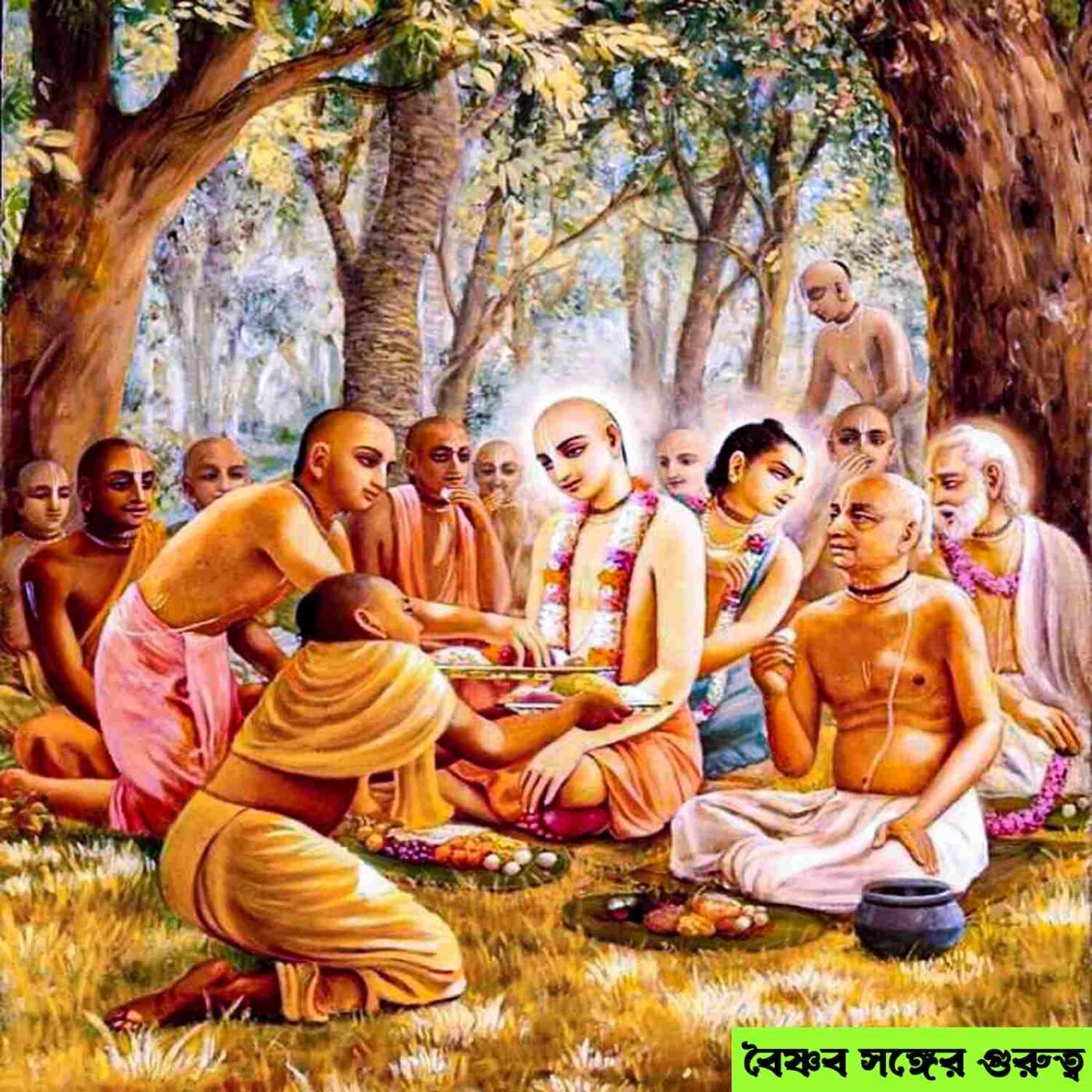
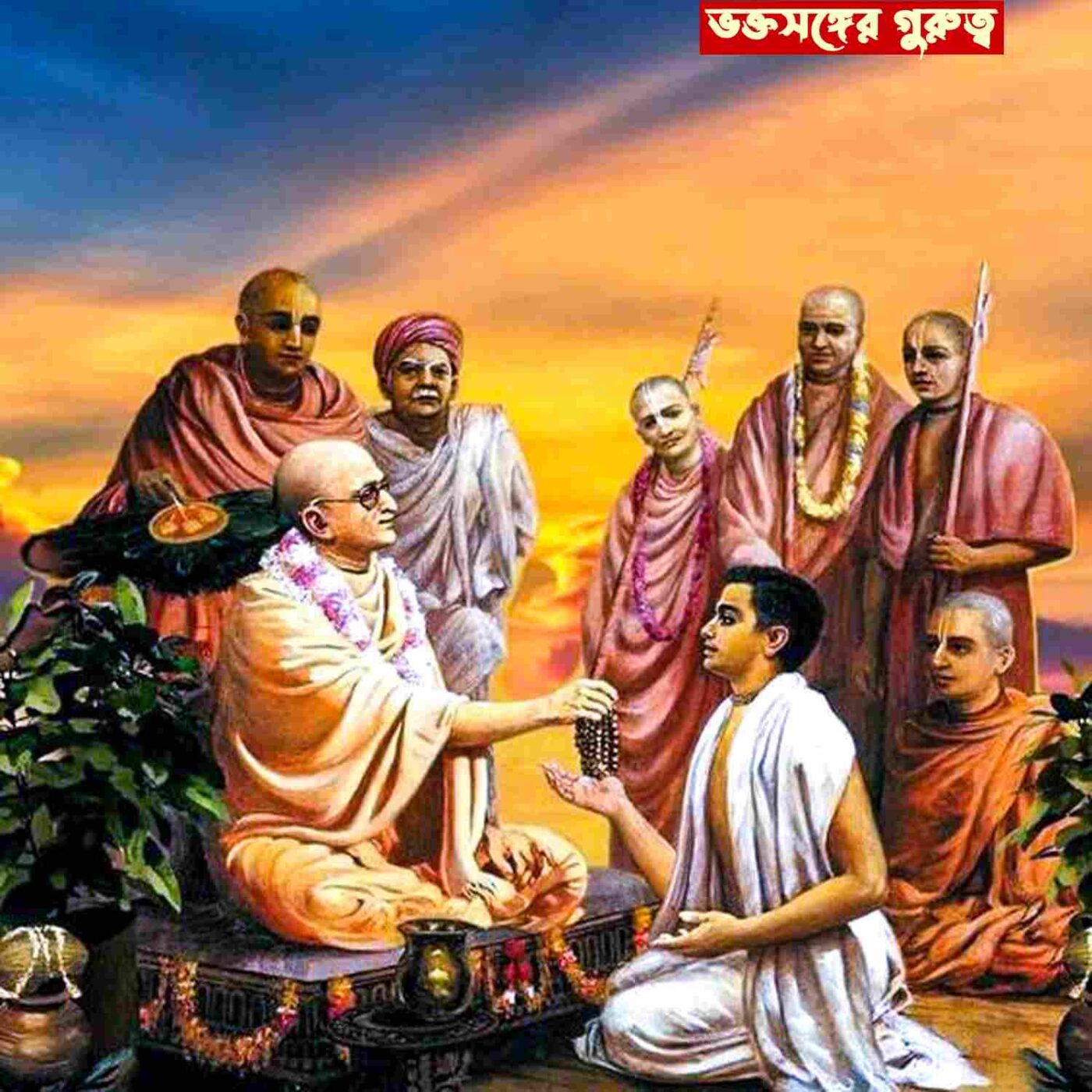

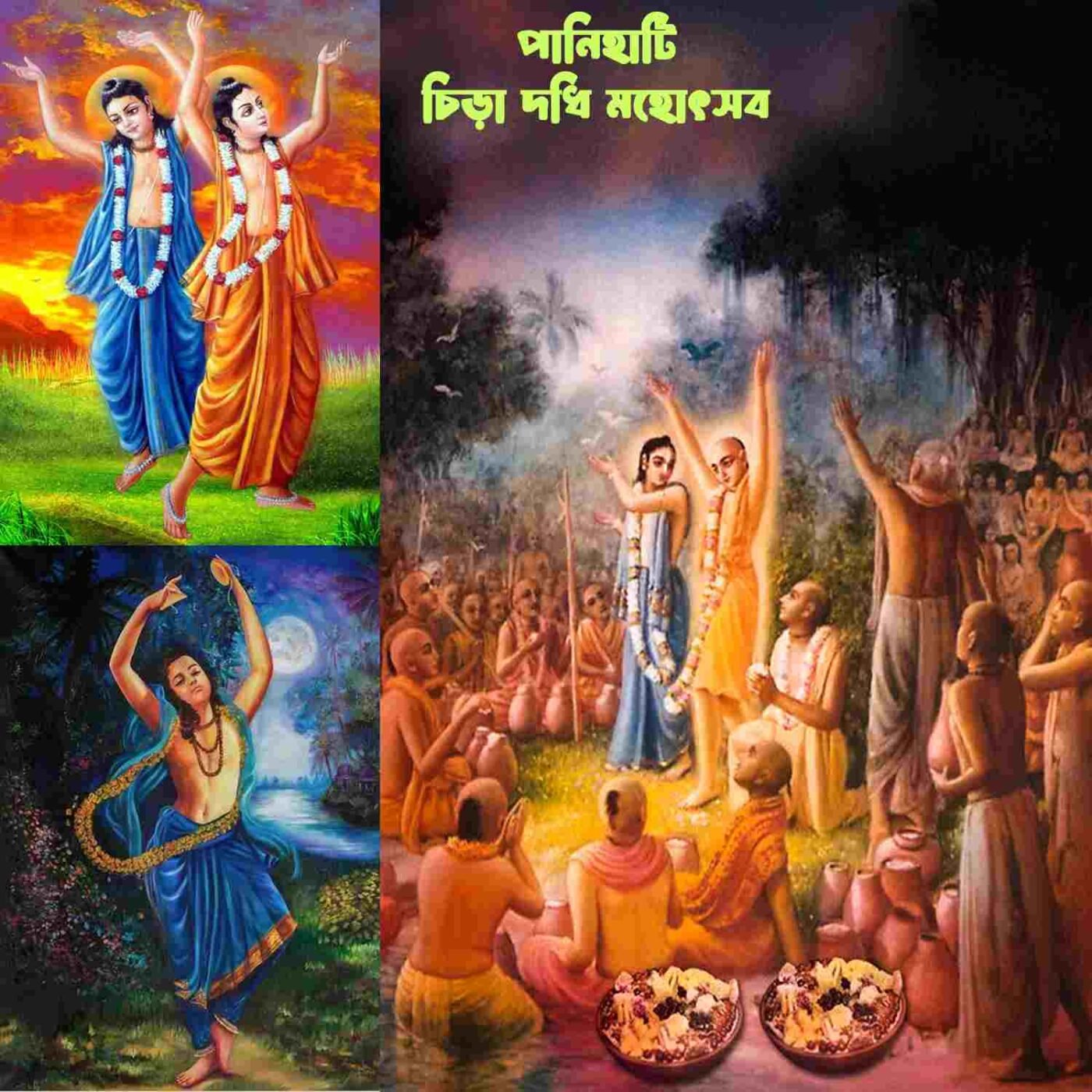
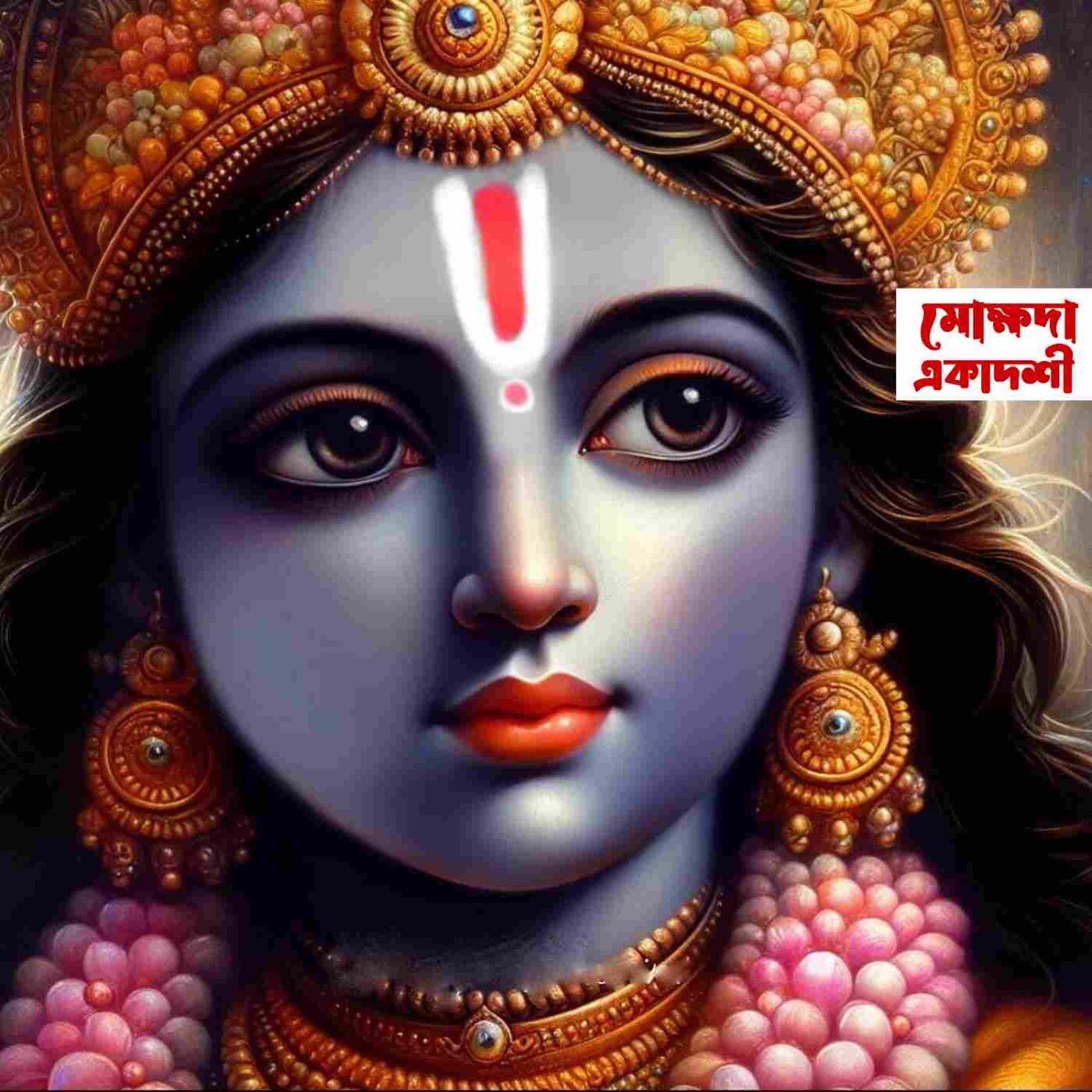
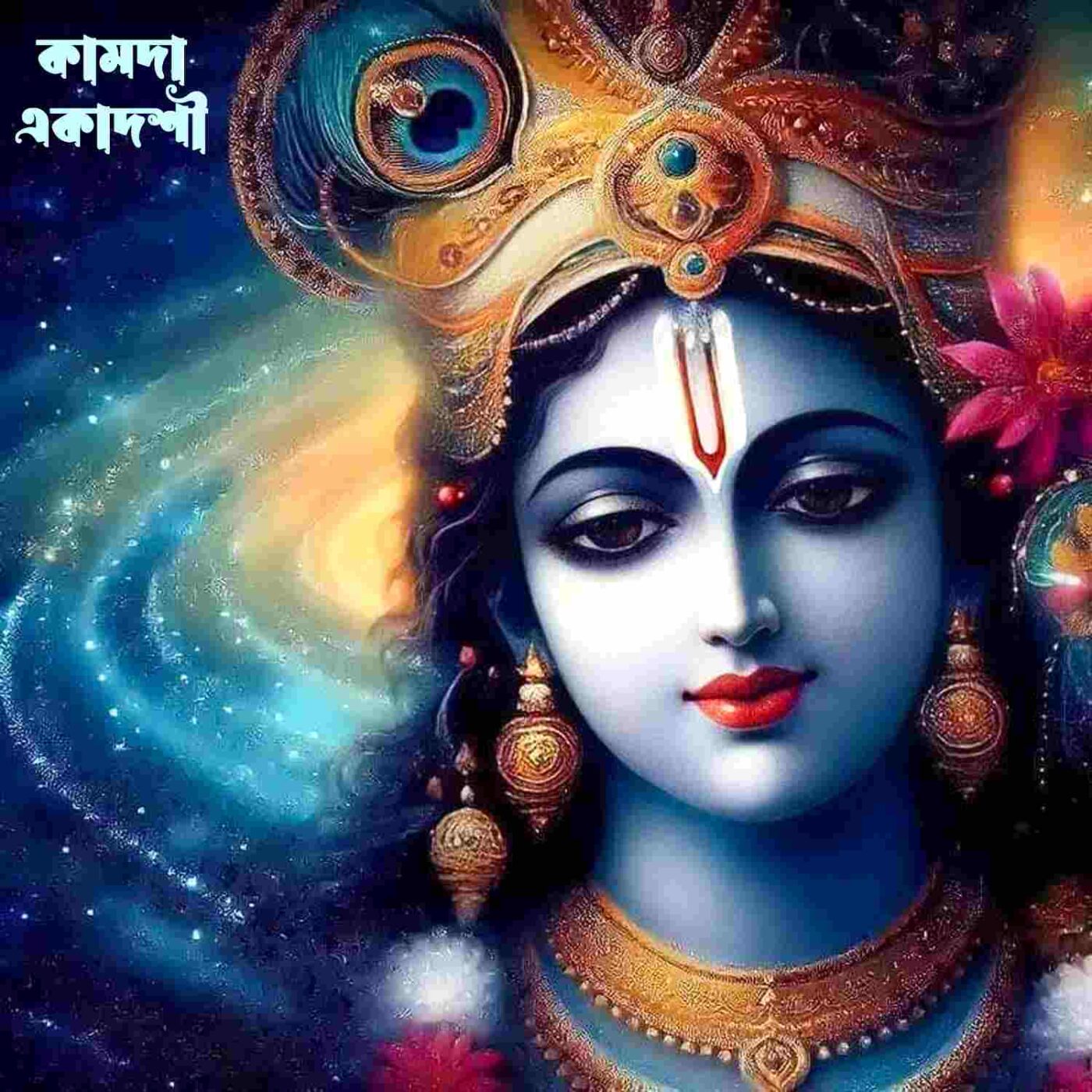
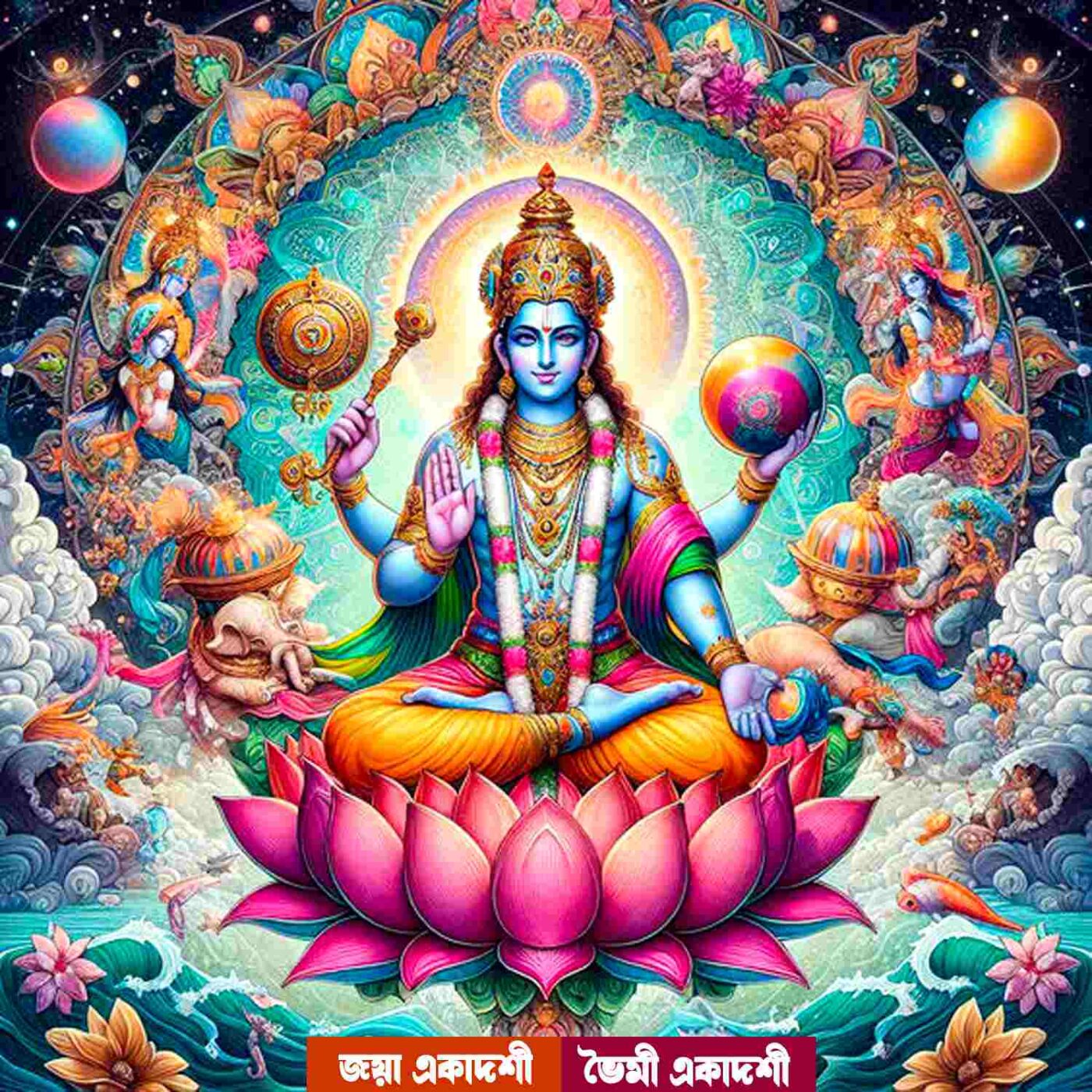
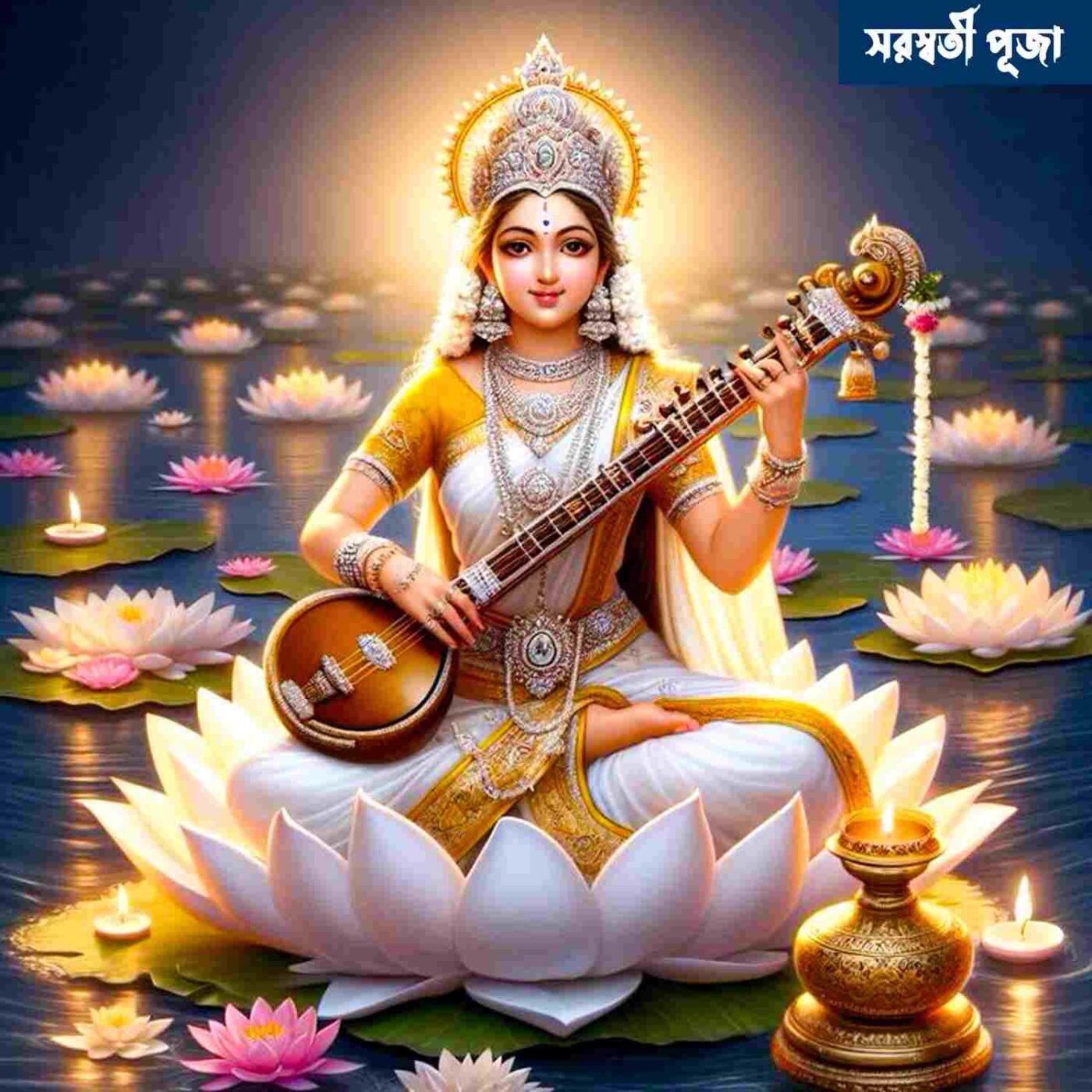
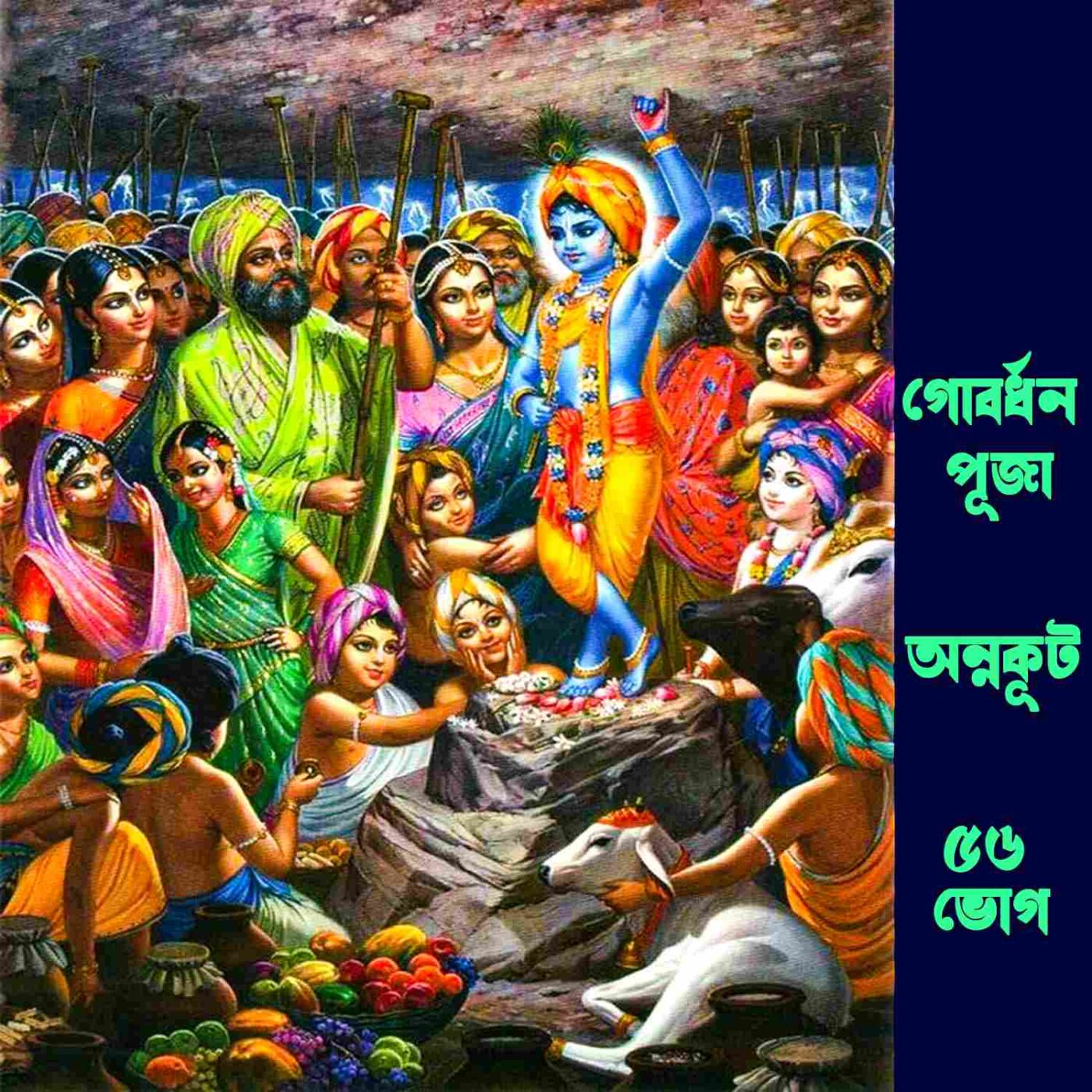
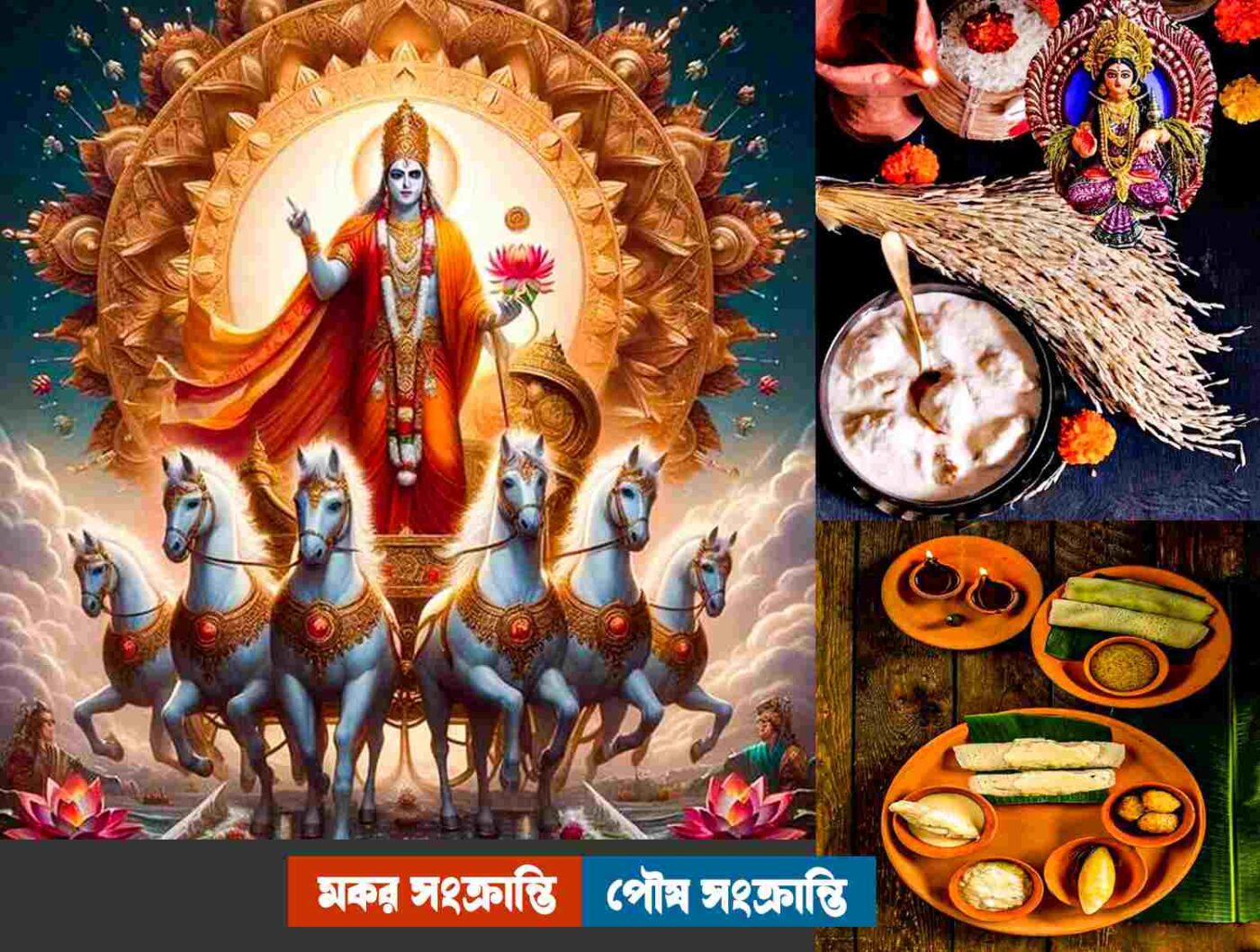
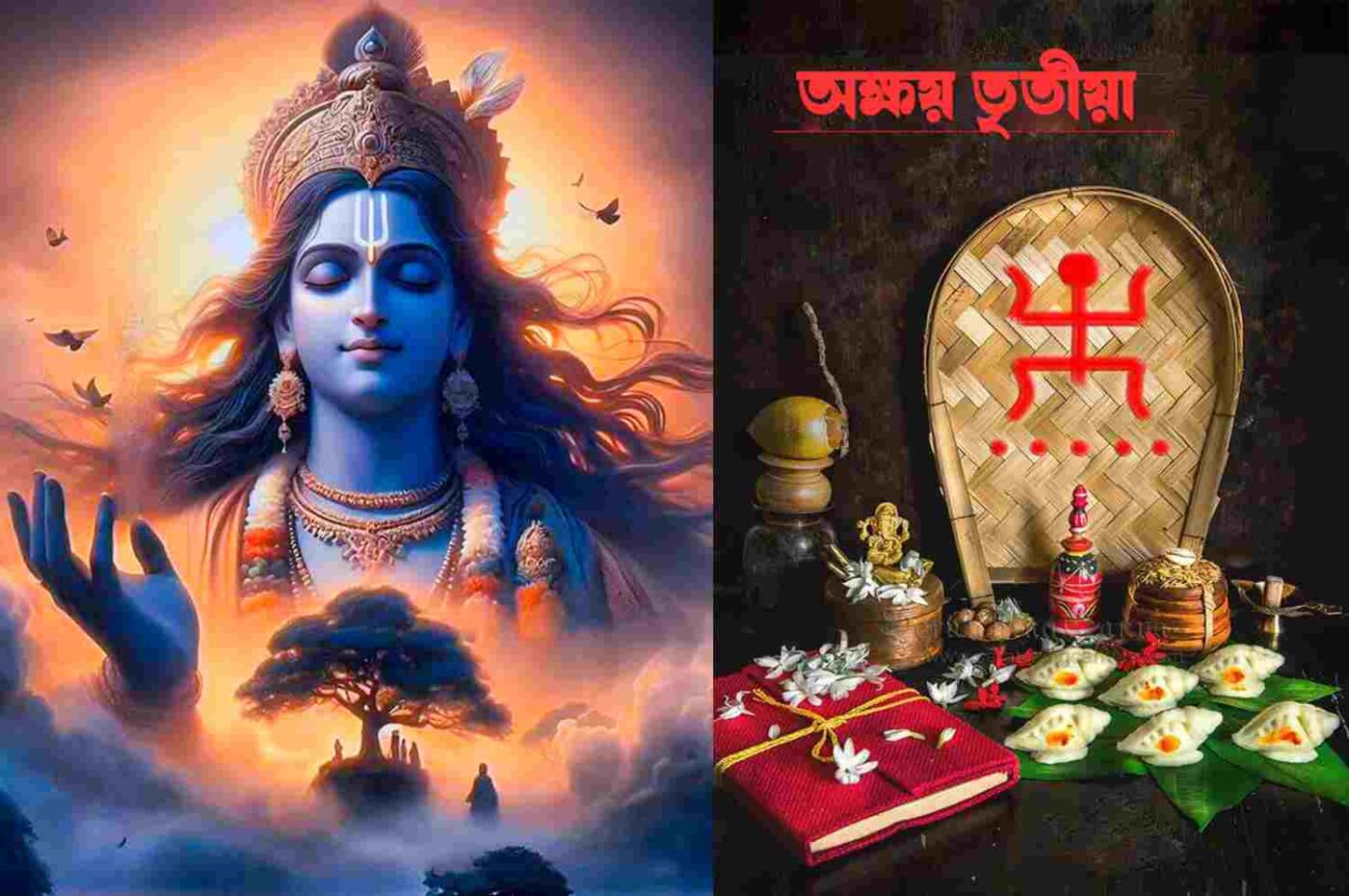
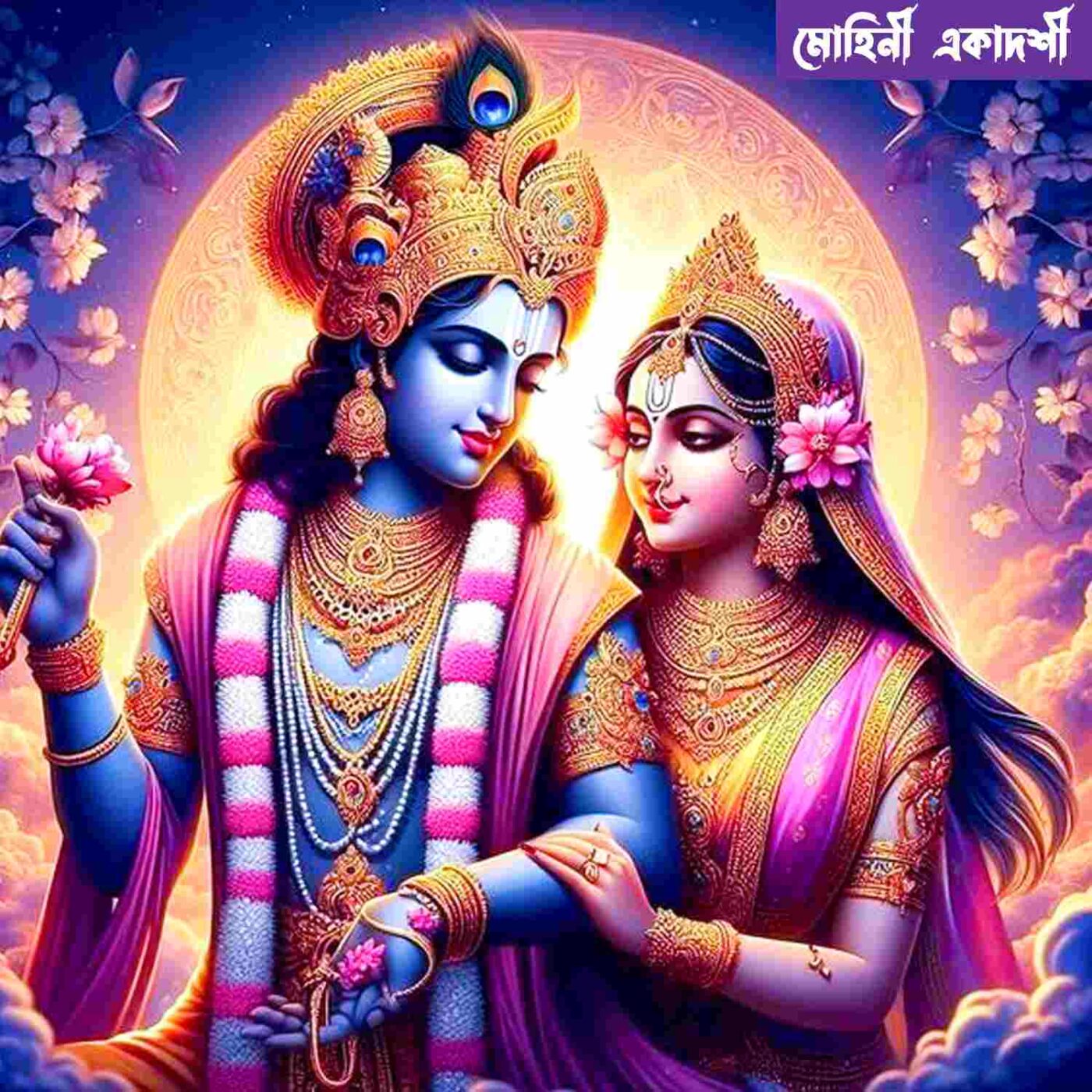

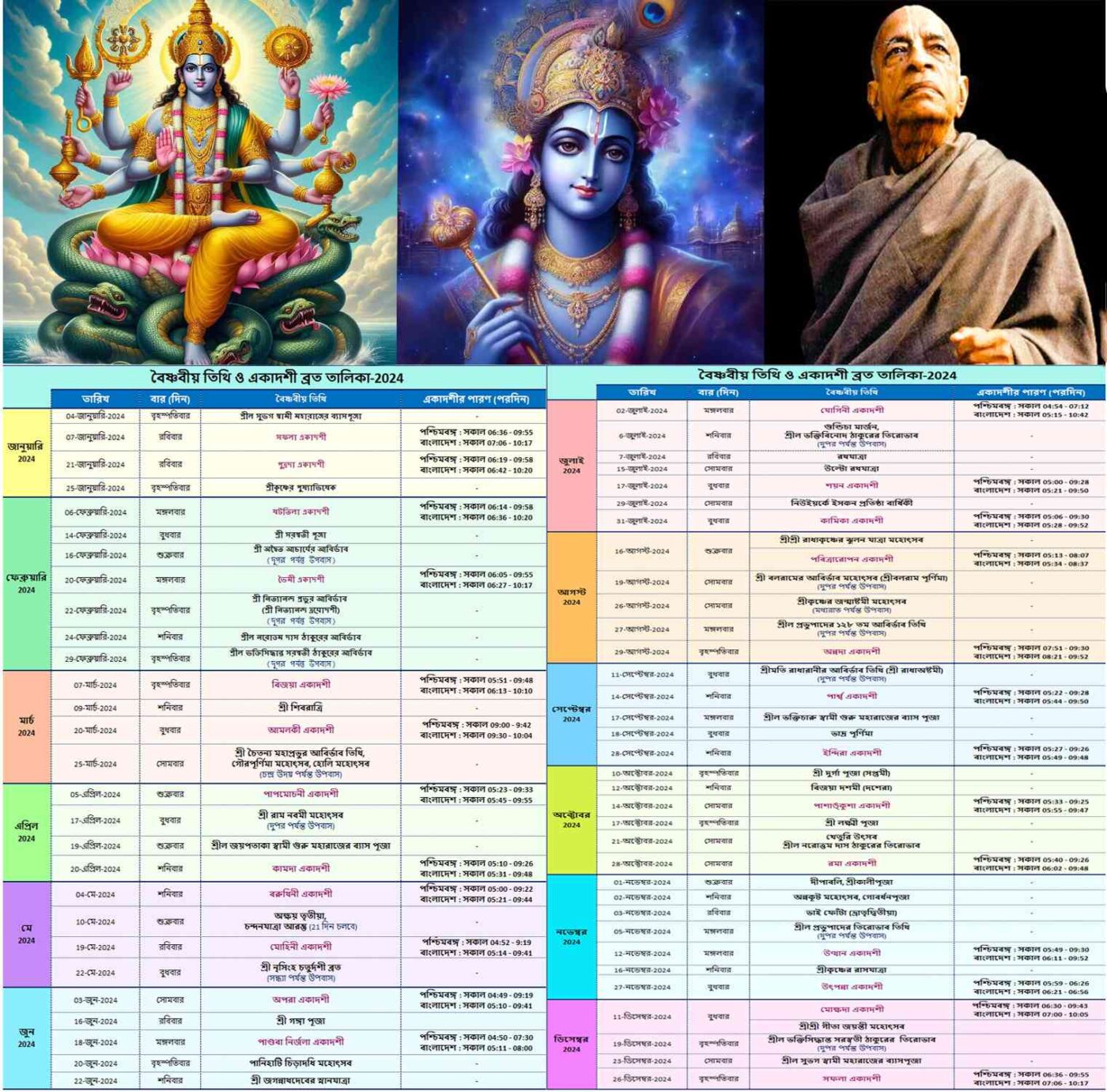







You must be logged in to post a comment.